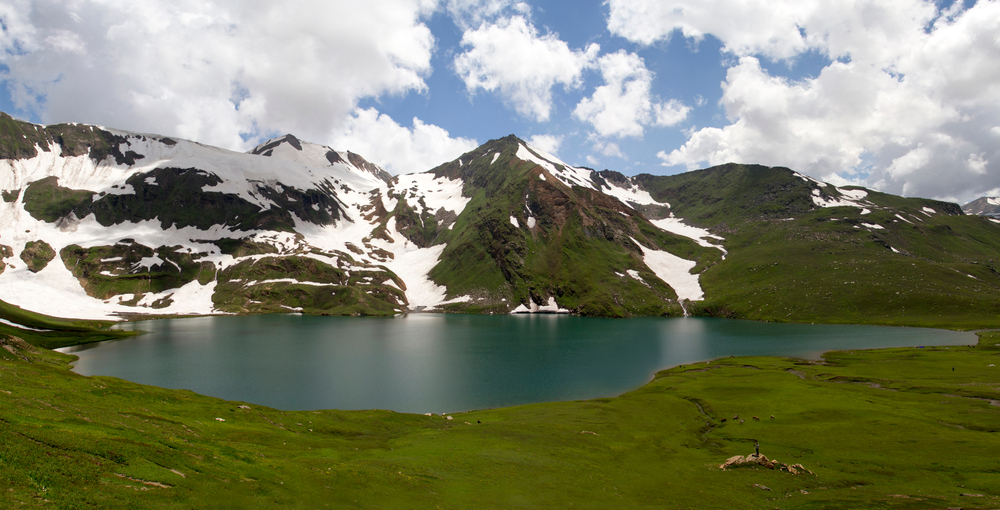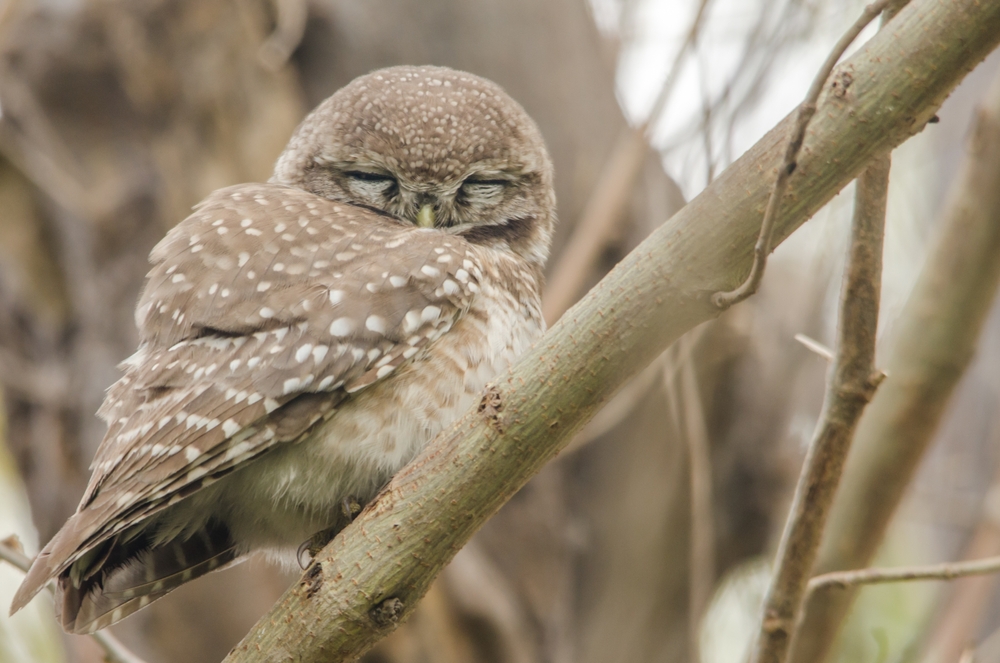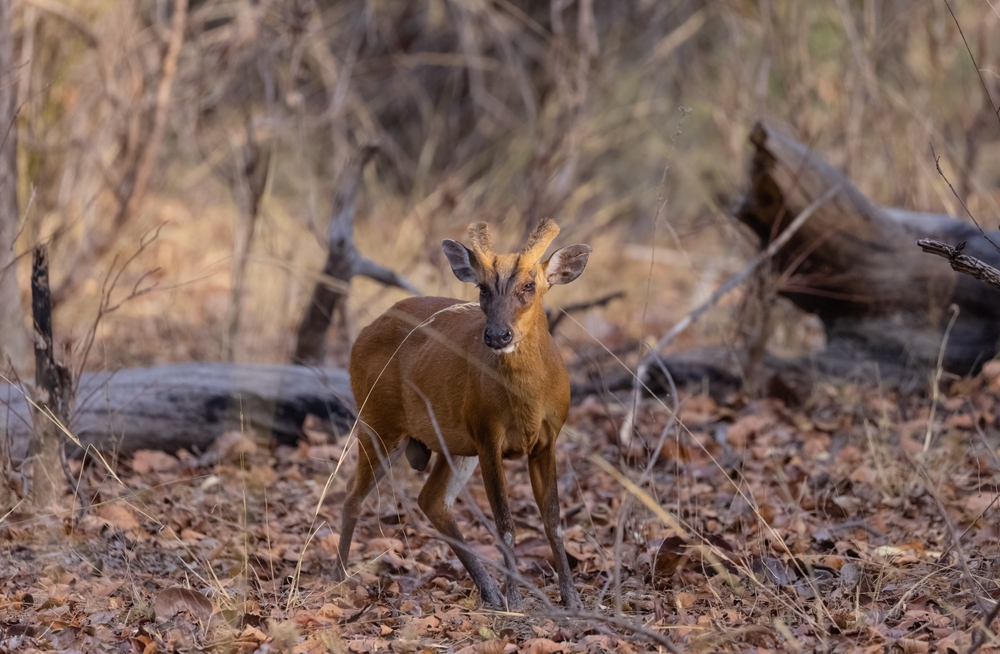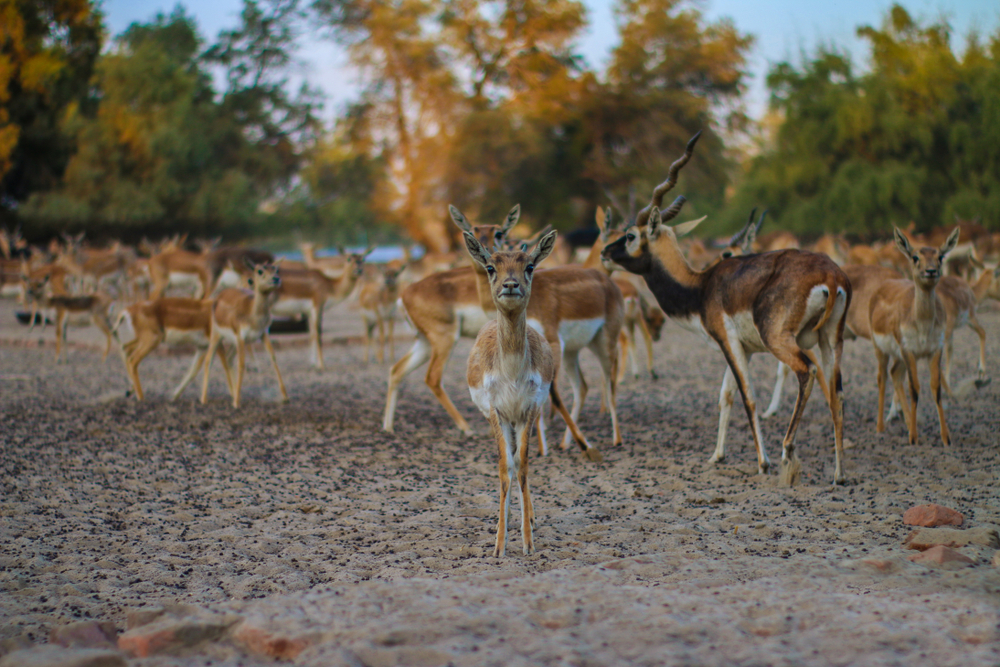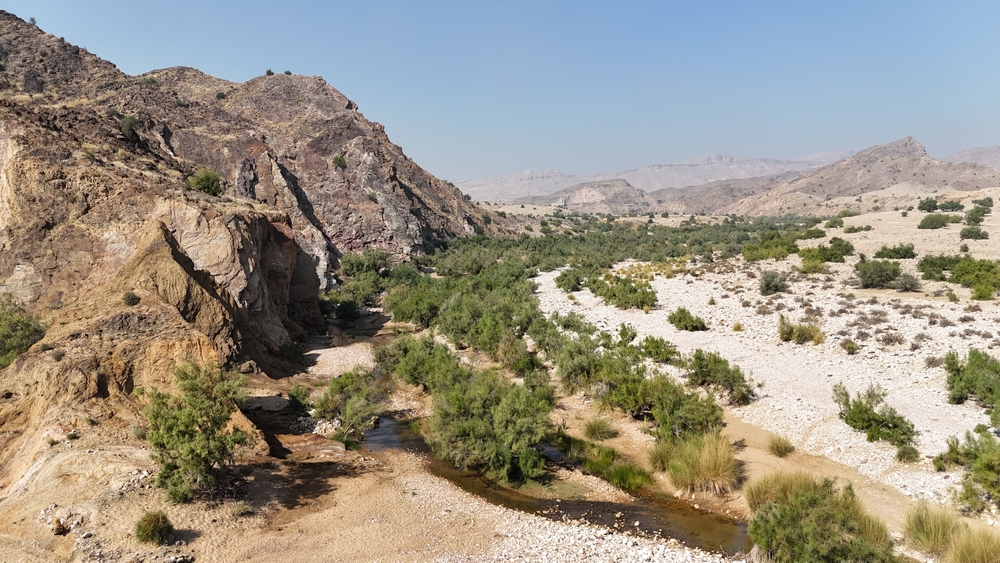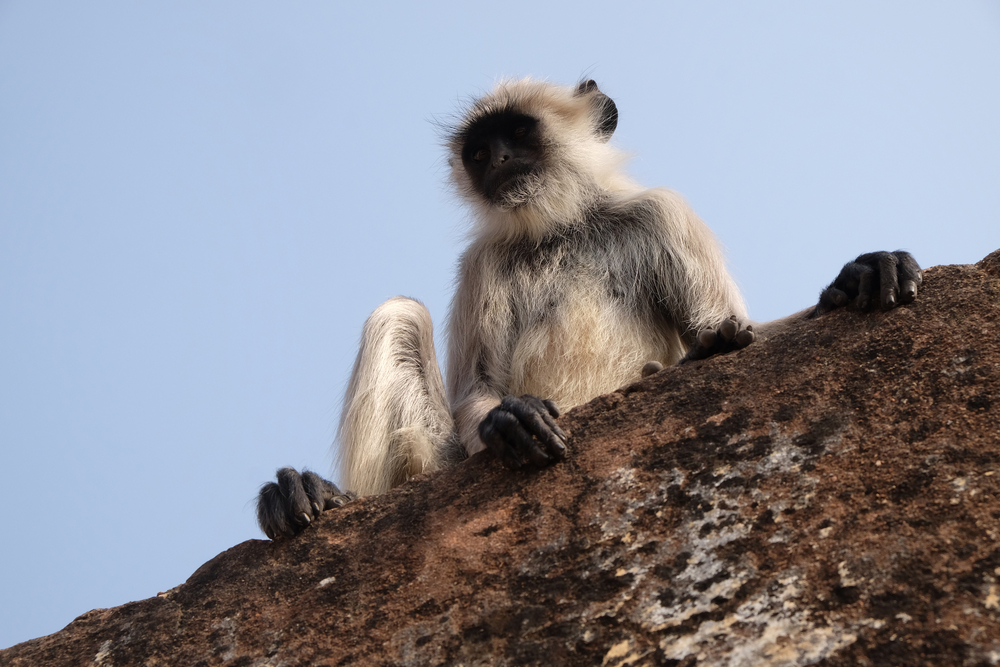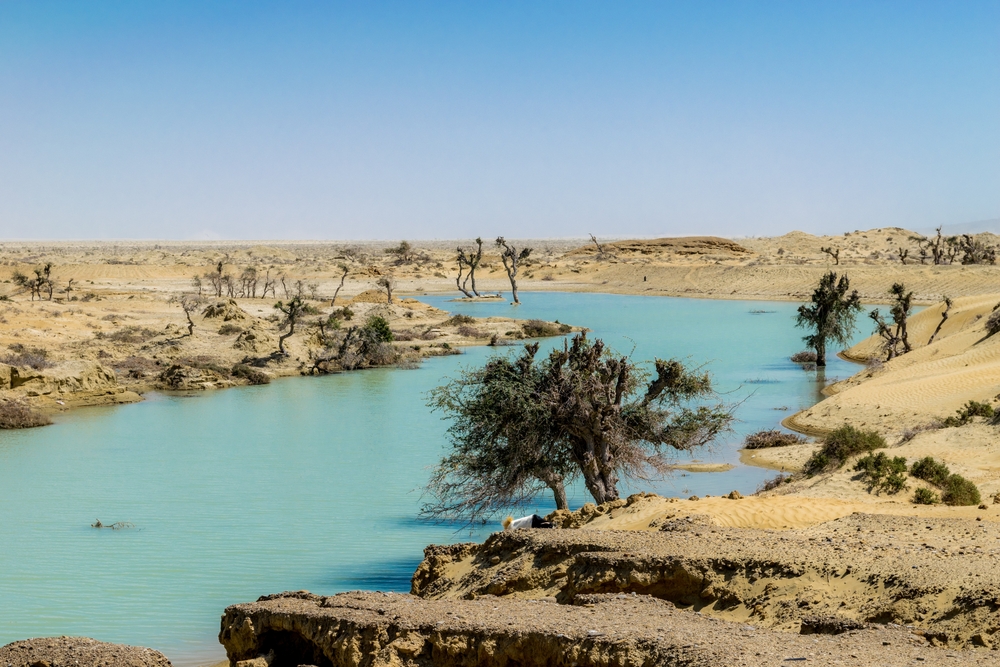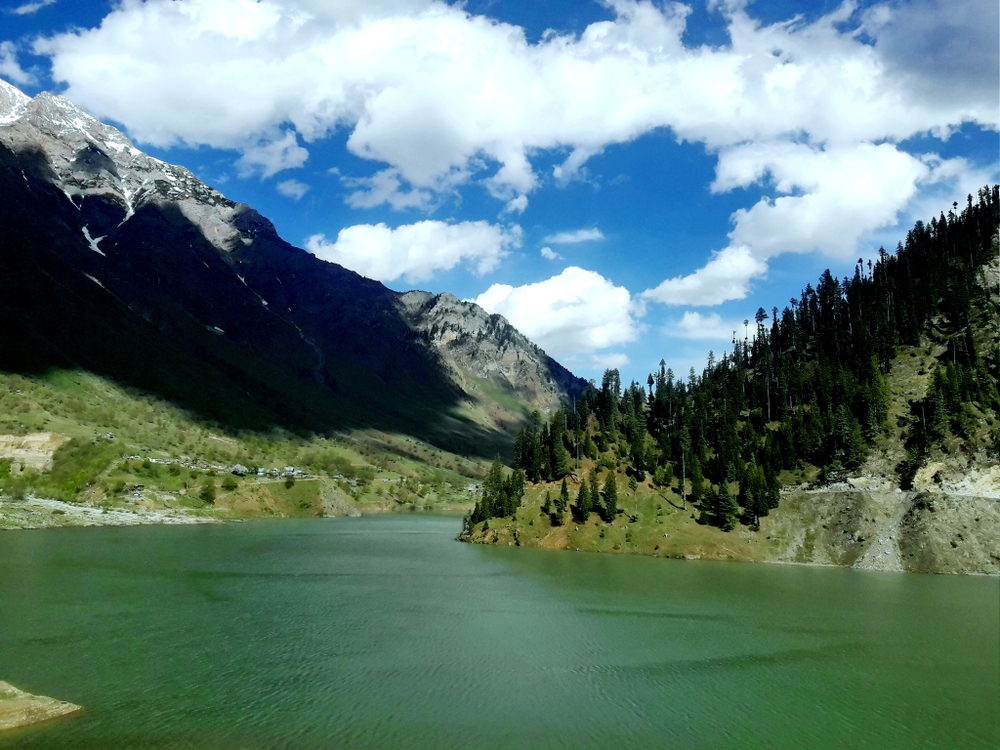Panjal Mastan Overview
Panjal Mastan National Park, locally known as پنجال مستان نیشنل پارک, is a newly designated protected area located in the Bagh District of Azad Jammu and Kashmir, Pakistan.
Covering approximately 303 square miles (785 square kilometers), the park is situated in the Himalayan foothills and includes the famed Panjal Mastan plateau, which rises to elevations of over 9,000 feet (2,750 meters). Officially declared a national park in 2022, it was established to safeguard the region’s unique biodiversity, high-altitude landscapes, and rich forest cover, making it one of the most ecologically valuable zones in the area.
The terrain of Panjal Mastan National Park features rolling alpine meadows, forested slopes, and steep ridges that lead up to the flat-topped Panjal Mastan plateau. The park’s elevation provides expansive views of surrounding valleys and distant mountain ranges.
Its meadows are interspersed with clusters of trees and traversed by small springs and rivulets, especially active during the summer snowmelt. Vegetation ranges from subalpine grasslands to temperate forests composed of Himalayan birch, fir, and blue pine. In spring and summer, wildflowers carpet the plateau, creating a vibrant and colorful landscape that draws both nature lovers and trekkers.
Wildlife in Panjal Mastan National Park reflects the park’s location within the western Himalayan ecological zone. Mammals found in the park include the common leopard, Himalayan black bear, rhesus macaque, barking deer, and yellow-throated marten. High-altitude species such as the Himalayan musk deer and Himalayan brown bear are also believed to inhabit its more remote areas.
Bird species include the Himalayan monal, koklass pheasant, griffon vulture, and various warblers and thrushes that thrive in the park’s forested and open habitats. The combination of meadows, woodlands, and clean water sources supports a rich web of animal and plant life.
One of the park’s most notable features is the Panjal Mastan plateau itself, a high, grassy expanse surrounded by forests and ridgelines, known for its scenic beauty and peaceful atmosphere. It is a popular location for trekking, nature photography, and seasonal camping.
In recent years, the area has become increasingly known for eco-tourism, attracting visitors seeking less-crowded and untouched natural settings compared to more developed tourist spots. The panoramic views from the plateau include snowcapped peaks, lush green valleys, and cloud-filled skies, making it a favored spot during the warmer months.
Visitors experience Panjal Mastan National Park primarily through hiking, picnicking, camping, and guided nature exploration. The region’s trails and high-altitude meadows are best accessed between May and September, when snow has receded and the terrain is at its most hospitable.
Limited infrastructure is currently in place, but community-based tourism initiatives are growing, with local guides and home-stays helping to facilitate low-impact travel. Educational groups and researchers also visit the area to study its unique biodiversity and fragile mountain ecosystems.











































































